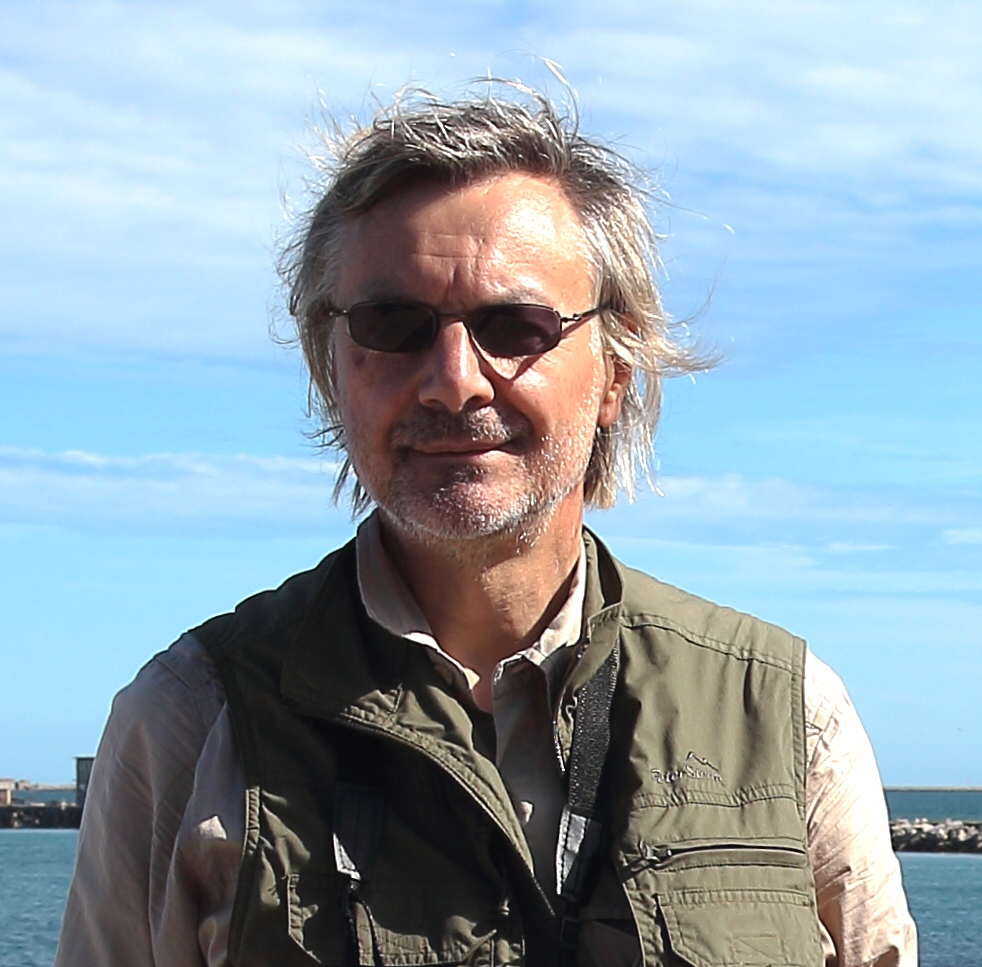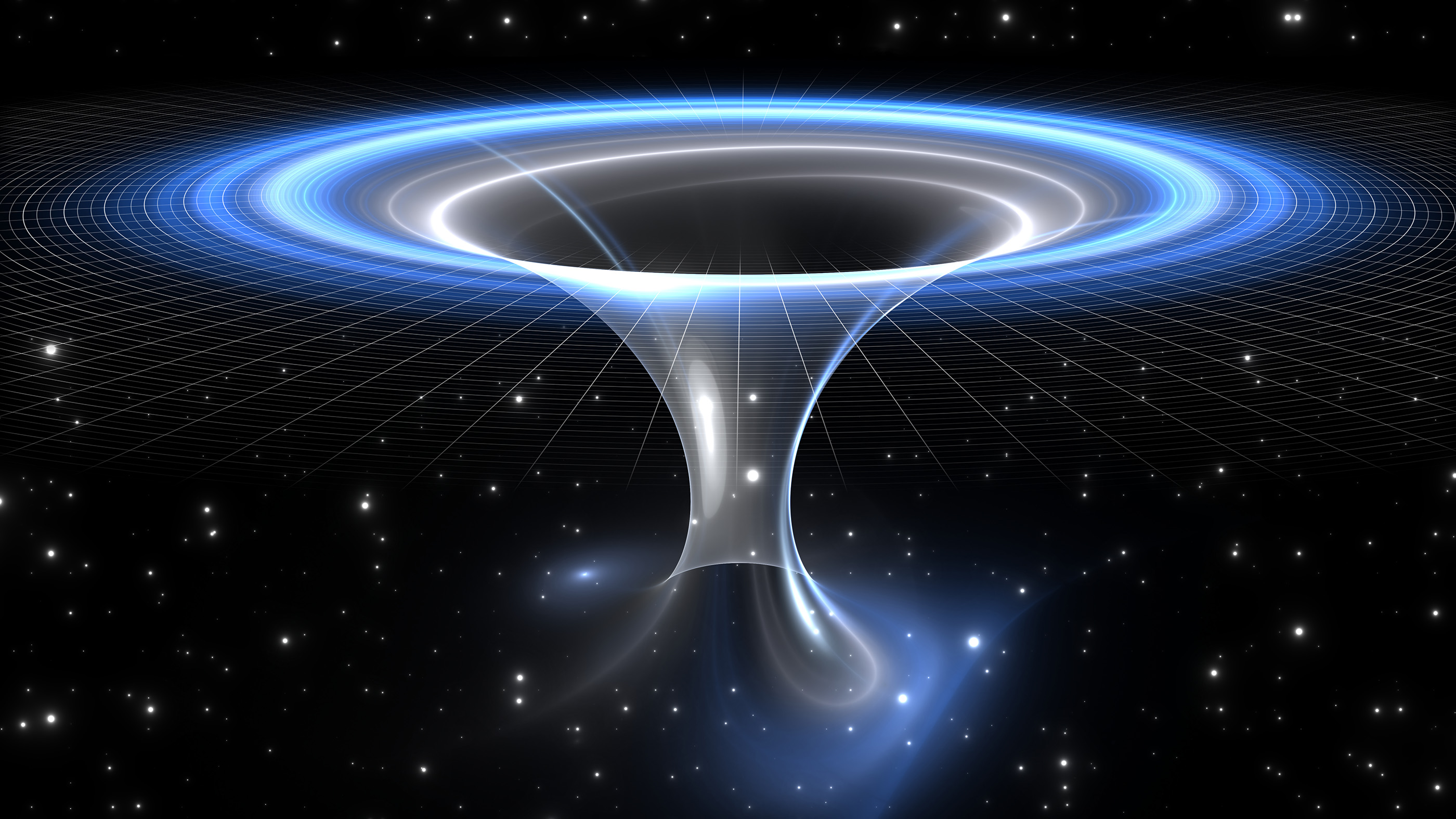What is the grandfather paradox?
Can you go back in time and kill an ancestor without creating a logical paradox? Surprisingly, the answer may be yes.

The grandfather paradox is a self-contradictory situation that arises in some time travel scenarios that is illustrated by the impossible scenario in which a person travels back in time only to kill their grandfather (who could no longer go on to produce one's parent, and hence where does that leave you and your ancestor-killing event?). The paradox is sometimes taken as an argument against the logical possibility of traveling backward in time, according to the Stanford Encyclopedia of Philosophy. Within the framework of modern physics, however, there are ways to avoid the paradox without dispensing with time travel altogether.
Related: 5 sci-fi concepts that are possible (in theory)
Grandfather paradox explained
Let's suppose you have a time machine that allows you to travel back into the past. While you're there, you accidentally kill one of your grandparents — or any other direct ancestor — before they have any offspring. That would alter a whole chain of future events, including your own birth, which would no longer happen. But if you weren't born in the future, then you couldn't kill your ancestor in the past — hence the paradox. It's a scenario that became popular in the science-fiction magazines of the 1920s and 1930s, according to the Historical Dictionary of Science Fiction, and the name "grandfather paradox" was firmly established by 1950.
Actually, you don't even need to kill anyone; there are many other ways you could change history that would result in your future non-existence. Perhaps the best known example is the movie "Back to the Future," in which the time-traveling protagonist inadvertently drives a wedge between his parents before they were married — and then has to work frantically to bring them together again.
Is the grandfather paradox possible?
Moving from science fiction to science fact, one person who was eminently qualified to talk about the realities of time travel was the late Stephen Hawking, arguably the most brilliant physicist of recent times. In 1999, he gave a lecture on "space and time warps," which showed how Einstein's theory of general relativity might make time travel possible, by bending space-time back on itself.
One theoretical possibility that would allow time travel (and thus the ability to somehow kill off a critical ancestor) is a special kind of wormhole. Among the most dramatic consequences of general relativity, wormholes are often described as shortcuts between one point in space and another. But, as Hawking explained in his lecture, a wormhole could possibly loop back to an earlier point in time — a situation technically known as a "closed time-like curve" (CTC).
But if physics allows backward time travel, wouldn't the grandfather paradox still cause issues? Hawking suggested two possible ways to get around the paradox in this scenario. First, there's what he referred to as the "consistent histories" model, in which the whole of time — past, present and future — is rigidly predetermined; in that way, you can only travel back to an earlier point in time if you had already been there in your own history. In this "block universe" model, as it's sometimes called, one could travel to the past but doing so would not alter it, according to the Australian Broadcasting Corporation. Taking this view, the grandfather paradox could never arise. With Hawking's second option, on the other hand, the situation is more subtle.
Get the world’s most fascinating discoveries delivered straight to your inbox.
Grandfather paradox and parallel worlds
This second approach to traveling back in time invokes quantum physics, where an event may have several possible outcomes with different likelihoods of occurring.
As described by the Stanford Encyclopedia of Philosophy, the "many worlds" interpretation of quantum theory sees all these various outcomes as occurring in different, "parallel" timelines. In this view, the grandfather paradox could be resolved if the time traveler starts out in a timeline where their grandfather lived long enough to have children, and then — after going back and killing their forebear — continue along a parallel time track in which they will never be born. (Stanford Encyclopedia has a more detailed look at why you can’t jump back and forth between parallel timelines at will.) As Hawking pointed out in his 1999 lecture, this seems to be the implicit assumption behind sci-fi treatments such as "Back to the Future."
At the time that movie was made in 1985, the "parallel world" explanation of the grandfather paradox was merely a philosophical conjecture. In 1991, however, it was put on firmer ground by the physicist David Deutsch, as New Scientist reported at the time. Deutsch showed that, while parallel timelines are normally incapable of interacting with each other, the situation changes in the vicinity of a closed time-like curve (CTC), when a wormhole curves back on itself. Here, just as the sci-fi writers imagined, the different timelines are able to cross over — so that when a CTC loops back into the past, it's the past of a different timeline. If that's proven, then you really could kill an infant grandparent without paradoxically eliminating yourself in the process. In that case, your grandfather would never have existed only in one parallel world. And you, the grandfather-killer, would only have existed in the other.
Grandfather paradox solved?
As surprising as it sounds, there's actually some experimental support for Deutsch's solution to the grandfather paradox. In 2014, a team at the University of Queensland examined a simpler time-travel scenario that entailed a similar logical paradox. The researchers described the work in their paper published that year in the journal Nature Communications. The idea was that a subatomic particle had to go back in time to flip the switch that resulted in its creation; if the switch wasn't flipped, the particle would never exist in the first place.
A key feature of Deutsch's theory is that the various probabilities have to be self-consistent. For instance, in the Queensland research example, if there's a 50:50 chance the particle travels back in time, then there must also be a 50:50 chance that the switch gets flipped to create that particle in the first place. In the absence of a time machine, the researchers set up an experiment involving a pair of photons, which they claimed was logically equivalent to a single photon traveling back in time to "create" itself. The experiment was a success, with the results validating Deutsch's self-consistency theory.
Grandfather paradox and the butterfly effect
Killing your grandfather when he was a child is a sure-fire way to ensure you're never born. But there are also subtler possibilities for messing up the timeline. In a sufficiently complex system, even the tiniest change can have serious long-term consequences — as in the butterfly effect, by which the flapping of a butterfly's wings can eventually trigger a tornado thousands of miles away. Sci-fi writer Ray Bradbury produced a time travel counterpart to this in his 1952 story "A Sound of Thunder," which can be read online at the Internet Archive. Bradbury's protagonist travels back to the time of the dinosaurs, where he accidentally steps on a butterfly — then returns to the present to find society changed beyond recognition. It's easy to imagine that, if the societal changes were sweeping enough, the time traveler might have prevented his own birth as surely as if he'd slain a grandparent.
But would that really be the case, using the quantum approach to the grandfather paradox? Recent work at the Los Alamos National Laboratory indicates that the course of history is more resilient than the butterfly effect might suggest. The researchers used a quantum computer to simulate time travel into the past, where a piece of information was deliberately damaged — the computational equivalent of stepping on a Jurassic-era butterfly. But unlike Bradbury's story, the knock-on effect in the "present" of the computer simulation turned out to be relatively small and insignificant. That, of course, is great news for would-be time travelers. As long as you refrain from blatantly silly acts like killing a direct ancestor, it may be possible to go back in time without any paradoxical consequences at all.
Additional resources
- Watch a YouTube video about the science behind the grandfather paradox
- Take Ten Short Lessons in time travel from Brian Clegg
- Explore dozens of fictional time travel paradoxes at the Science Fiction Encyclopedia and TV Tropes
Bibliography
Historical Dictionary of Science Fiction. https://sfdictionary.com/view/2178/grandfather-paradox
"Many-Worlds Interpretation of Quantum Mechanics," Stanford Encyclopedia of Philosophy, 2021. https://plato.stanford.edu/entries/qm-manyworlds/
"Time Travel without the Paradoxes," New Scientist, 1992. https://www.newscientist.com/article/mg13318143-000-science-time-travel-without-the-paradoxes/
"The block universe theory, where time travel is possible but time passing is an illusion," Australian Broadcasting Corporation, 2018. https://www.abc.net.au/news/science/2018-09-02/block-universe-theory-time-past-present-future-travel/10178386
"Experimental simulation of closed timelike curves," Nature Communications, 2014. https://www.nature.com/articles/ncomms5145
"A Sound of Thunder," Ray Bradbury, Internet Archive. https://archive.org/details/Planet_Stories_v06n04_1954-01/page/n5/mode/2up
"Simulating quantum 'time travel' disproves butterfly effect in quantum realm," Los Alamos National Laboratory, 2020. https://www.lanl.gov/discover/news-release-archive/2020/July/0728-quantum-time-travel.php

Andrew May holds a Ph.D. in astrophysics from Manchester University, U.K. For 30 years, he worked in the academic, government and private sectors, before becoming a science writer where he has written for Fortean Times, How It Works, All About Space, BBC Science Focus, among others. He has also written a selection of books including Cosmic Impact and Astrobiology: The Search for Life Elsewhere in the Universe, published by Icon Books.




